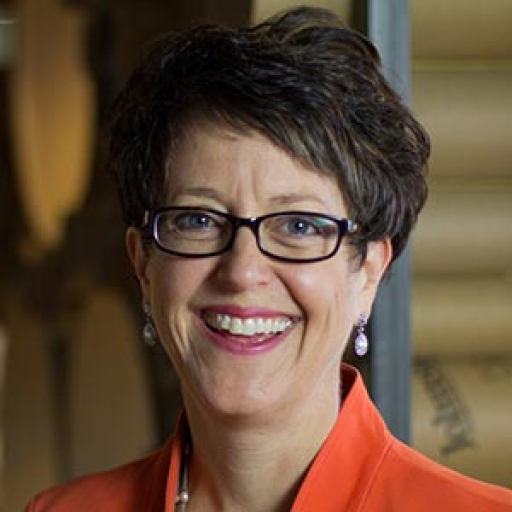Shelton Stat of the Week
76% of people around the world hold companies responsible for changing practices to positively impact the environment. – Global Eco Pulse® 2024
I’ve been attending the Sustainable Brands conference every year since at least 2010, and in all of that time I’ve seen a lot of POVs and content come across their stage. This year it felt to me like we have officially entered the “here’s how” era. Now, there were still some great philosophers on stage and some good think-y sessions, but there were a lot more pieces about lessons learned, partnerships formed and paths forward to get the hard work done than I’ve seen in the past. Kudos to the SB team!
Check out a few examples of the “here’s how” based on the sessions and presentations I was a part of:
1. Partnerships are the way forward.
At ERM Shelton, we’ve worked collaboratively over the last three years with several brands and steel food can makers to tell the infinite recyclability story of the steel food can. It has worked! The campaign has improved belief that steel food cans are actually recycled, improved favorability for the can and brands in cans, AND driven sales. You can see more here.
That’s not the only partnership bearing fruit, though. I facilitated a panel on behalf of our client Eastman that shared the power of seeking out new customers and new collaborators to create a way forward, in this case, for circular plastics. They are working with Marchon, one of the world’s leading eyeglasses makers, to include recycled content in their frames that pass all the durability and skin sensitivity requirements. Plus, they are working on changing some of the regulations that currently make it impossible for Marchon to get their manufacturing waste back to Eastman for recycling.
Eastman is also working with clothing brand Reformation as the company works to replace silk with Naia Renew ES, a polyester fiber made of recycled content and circular cellulose. Reformation has also stood up a take-back company called Super Circle so that their products can be taken back, sorted and aggregated (along with other brands’ products) so all that material can go back to a recycler like Eastman to create truly circular fashion.
Last but not least, Pact Collective, which is taking back beauty packaging at the end of its life via collection points at retail locations like Ulta, is now partnering with Eastman to ensure that the packaging that can’t be mechanically recycled gets molecularly recycled through Eastman’s process.
2. Creating the common definition of a “green product” to enable consumers to buy the way they want to.
For years, we have seen in our ongoing Pulse surveys that more and more people want to be seen as someone who is buying eco-friendly products. In the US, 46% of people want to be viewed/judged by their peers in this way, and that’s up from 33% 11 years ago. But the burning question, then, is how does a consumer know a product is green? They tell us in our surveys that it has everything to do with what’s on the package – the claims on pack, the ingredients and the third-party certifications. But in a sea of third-party certifications, how is a consumer supposed to know which ones to rely on?
Enter our client, Green Seal. They are working to gain buy-in across the sustainability community on a common definition of a green product, which takes into account how a product is made, how it was sourced, the chemical content, the packaging and whether or not its performance and claims are verified. The aim is to then educate the public that a green product reflects these criteria and teach consumers to look for the Green Seal as their assurance that a product with that logo is, indeed, a safer and more sustainable product.
3. A test and learn approach – and sharing those learnings – moves us forward.
Monique Oxender, Chief Corporate Affairs Officer at Keurig Dr. Pepper, had a conversation with Mike Dupee, CEO of Sustainable Brands, in which she was quite forthright and direct about all the challenges/heat they’ve had with the K-Cup, and the different ways in which they’ve worked (tested, failed, succeeded and learned) to create a sustainable, single-use delivery mechanism for both coffee and tea.
Deanna Bratter from another ERM Shelton client, Crocs, spoke about the Crocs takeback program and how they learned quickly that if people go through the effort of bringing back their old Crocs for recycling or reuse in the Soles for Souls program, they do expect a coupon/discount on a new pair.
Both of these examples illustrate the transparency needed – which can be hard as corporations generally want to talk about successes only and not the “failures” that paved the way for those successes. I put “failures” in quotes because in my view this is part of the innovation process – we try some things and learn from what doesn’t work. That could be the tagline for this year’s event – if SB ’24 was about “here’s how,” a big part of the “how” is sharing all the lessons learned, good, bad and ugly.
 View all
View all 